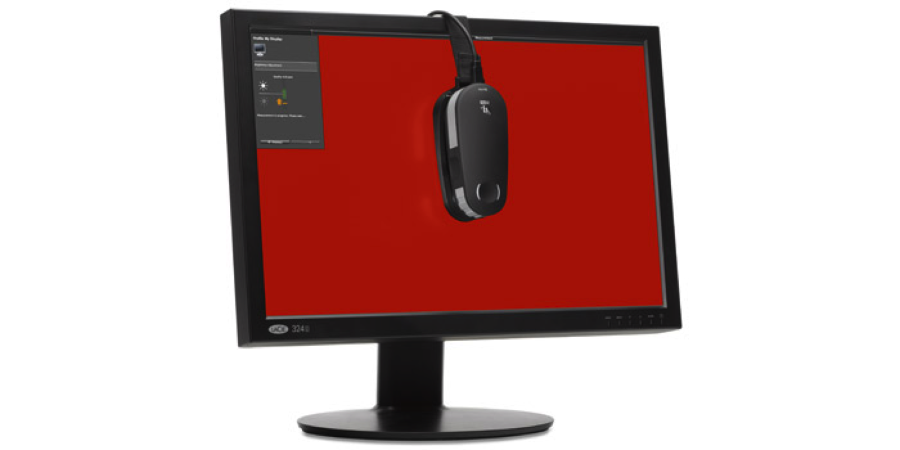A calibrated display is not just for photographers. If you browse inspiration photos online, send color samples back and forth via e-mail, or transfer color files between suppliers and customers, you need to calibrate and profile your display to trust the colors you see on-screen.

When talking about monitor calibration, many people interchange illuminance, luminance and brightness, but they are not the same. Here are the differences you need to understand to properly calibrate and profile your display.
What is Illuminance?
Illuminance is the quantity of light or luminous flux falling on a surface. It is measured in lumen per meter square, or lux.
What is Luminance?
Luminance is the luminous intensity projected on a given area and direction. Luminance typically describes the intensity of emitted light. In the case of our display profiling products, we measure the luminance of the cd/m2 as the unit of measure.
What is Brightness?
Brightness is what we perceive when lumens fall on the rods and cones of our retina. When we speak of brightness, we use subjective words like “dim” or “brilliant” because it cannot be measured like luminance, but it can be scaled in percentages.
Illuminance, Luminance, and Brightness - What is the Difference?
These three terms are commonly interchanged, but they are essential to understanding display calibration.
The best way to understand the difference between luminance and illuminance is to picture a lamp shining on a desk. Luminance describes the amount of light passing through the lightbulb, while illuminance describes the light hitting the desk. Because luminance and illuminance are quantifiable, they are not interchangeable with brightness. Luminance is the measurable quality of light that most closely corresponds to brightness, which we cannot objectively measure. We can only perceive it.
Ambient room lighting is an example of measuring the intensity and reporting it in lux. i1Profiler reports ambient light measurements in lux.
How Illuminance, Luminance and Brightness Work Together
For displays, luminance helps determine how much the light is affecting on-screen color. During profiling, you can set different monitors to the same luminous intensity by choosing the same luminance in cd/m2. Most LCD users find that setting luminance at 120 is bright enough to judge color and detail in highlights and shadows, but if you’re having a hard time seeing details try selecting a lower value. Some calibration programs offer an option to have the software automatically adjust your display’s luminance to match the ambient room light.

Many displays automatically adjust brightness and contrast based on the ambient light. You can also use the monitor’s manual controls to brighten or dim the screen based on your personal preference. Lowering the brightness value will result in a darker image, while raising the brightness will make it lighter.
Best Tools for Monitor Calibration and Profiling
i1Profiler is our preferred solution for monitor calibration and profiling. It is wizard-based and walks you through every step in the profiling process using either Basic or Advanced mode. Learn how it works in this blog.
For true mobile-to-desktop color matching on your mobile device, download the free ColorTRUE mobile app through the App Store or Google Play Store.
